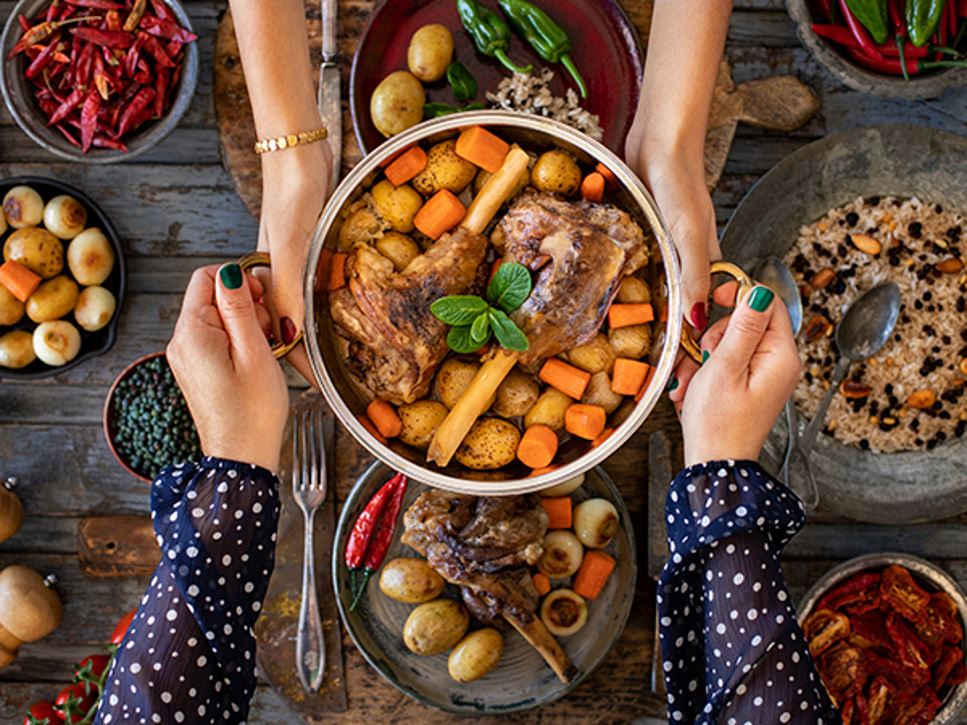What is Hajj
Hajj is the pilgrimage that commemorates the devotion of Ibrahim and his son to God. During hajj, millions of Muslims gather in Makkah (Mecca) to perform specific rituals that Prophet Ibrahim and his family did, in addition to rituals taught by Prophet Muhammad (peace be upon him). Hajj is one of the five pillars of Islam that Muslims need to perform at least once in their lifetime, if capable.Celebrating Eid al-Adha
On Eid al-Adha, those performing hajj are encouraged to sacrifice a sheep as Ibrahim did to be distributed to those in need. They continue with following specific hajj rituals for the following three days.Muslims who aren’t performing hajj celebrate Eid al-Adha in a similar manner to Eid al-Fitr. The day starts with a morning congregational prayer at the mosque (masjid), followed by celebrations with family and friends. This includes visiting each other, socializing over food and providing children with gifts. Local mosques may host Eid al-Adha events, which include a variety of food vendors and activities for children such as bounce houses and face painting. During Eid al-Adha, it is highly encouraged to give charity and to sacrifice a sheep or other animal like Ibrahim did to be distributed to those in need.
Festive Foods
Foods consumed during Eid al-Adha vary by cultural regions and family traditions. Savory meals often served include a variation of meat and rice dishes, such as kabseh (meat and rice with carrots and spices), biryani (meat and rice dish cooked with spices that sometimes includes eggs and potatoes) or mansaf (meat cooked in yogurt sauce served on rice and nuts). Meats consumed are typically lamb, goat or beef. Consuming pork is prohibited in Islam.Sweets are usually a highlight during this festive time. In the Middle East, popular sweets include maamoul, which is a date- or nut-filled pastry, or baklava, known for its layers of phyllo and walnuts drizzled with syrup. Another popular sweet dish, kanafeh is shredded phyllo dough with white cheese baked until golden and drizzled with rose water syrup. South Asian specialties include saviya or sheer khurma, which are both vermicelli-based dishes cooked in milk and served hot or cold. In North Africa, sweet samosas, often filled with fruits and nuts, or phyllo “cigars” filled with sweet cream may be enjoyed. An assortment of butter cookies, nougat and Turkish delights often are served in many regions. Dates are commonly found in Muslim households and can be enjoyed on their own or incorporated into pastries including maamoul or sweet buns such as khaliat nahal in Yemen or kleicha in Iraq. Bean pie is a favorite option among some African American Muslim communities. Tea and coffee, especially Turkish coffee, are typically served with sweets.
References
Find a Nutrition Expert
Looking for credible nutrition information and recommendations? The Academy of Nutrition and Dietetics' network of credentialed food and nutrition practitioners are ready to help!

